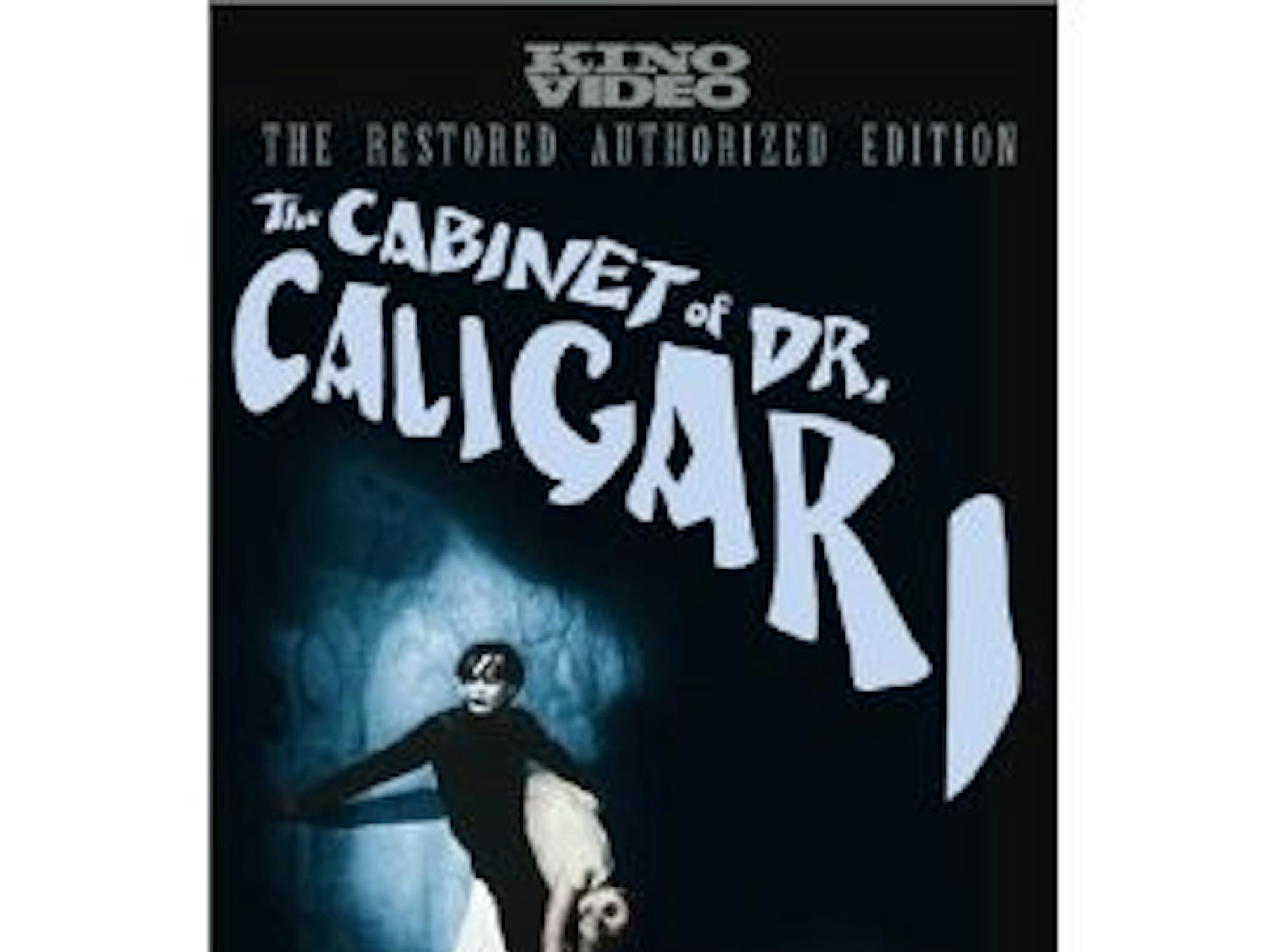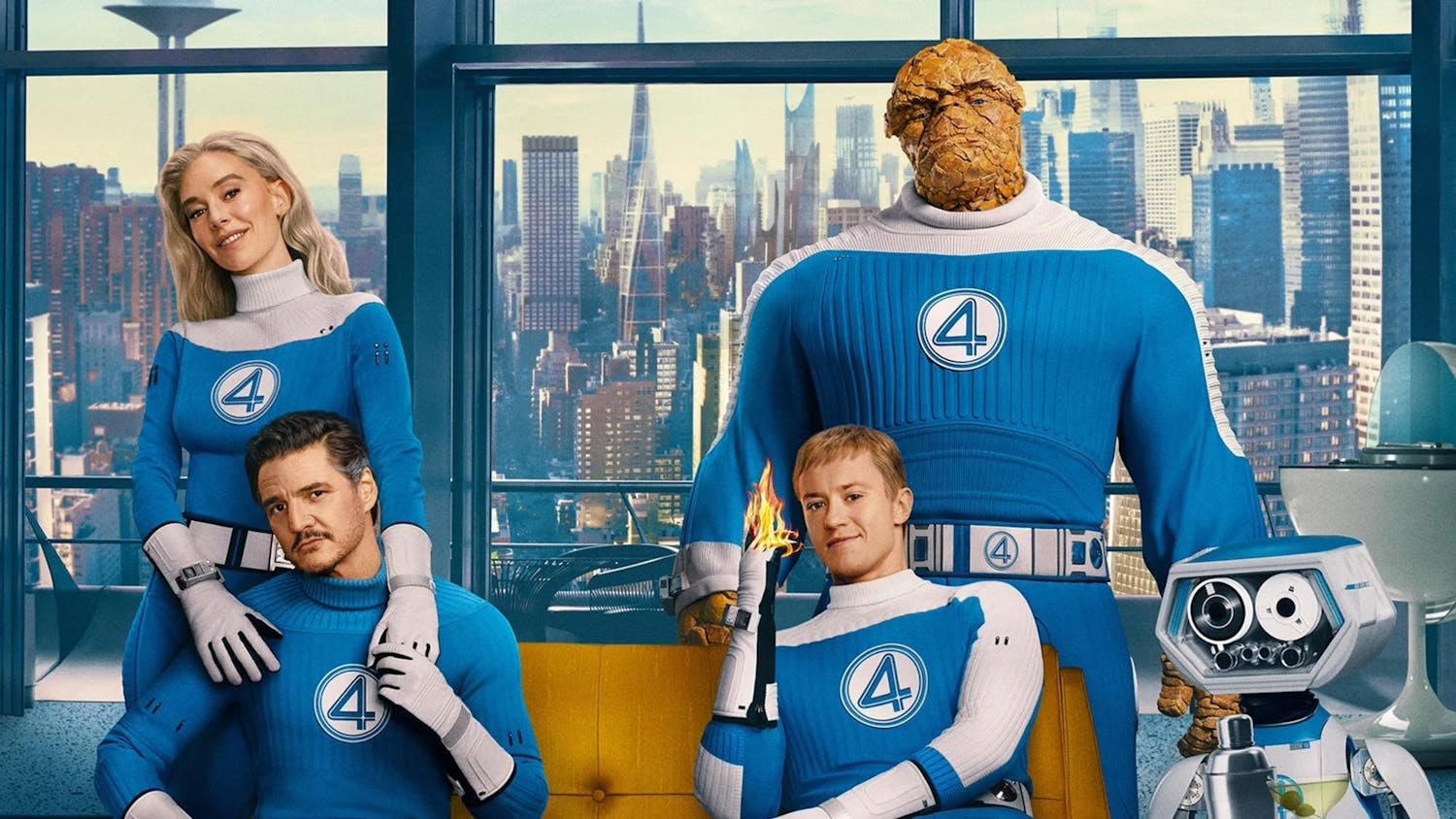The Cabinet of Dr. Caligari (1920)
Directed by Robert Wiene
Starring Werner Krauss, Conrad Veidt, Lil Dagover, Hans Heinrich von Twardowski, Friedrich Feher and Rudolf Lettinger
We’re all afraid of what we don’t understand. For some people it’s the dark, for others it’s the unexpected death of someone close to them. For Francis (Feher), the mysterious death of his friend Alan (von Twardowshy) has left him in turmoil, and on a desperate quest to find his friend’s murderer in Robert Wiene’s horror classic,
“The Cabinet of Dr. Caligari.”
Released in 1920 under its original German title, “Das Cabinet des Dr. Caligari,” the film makes its mark as one of the very few German expressionism films that reflects what’s going on in our crumbling society, with a deep psychological twist that will haunt your dreams until the day you die.
The film opens with Francis speaking about past events. As he unfolds the story, we’re transported back in time to the events that set this whole twisted story in motion. On a quiet evening in a small town in Italy, Francis and his close friend Alan attend a small carnival where they encounter the mysterious Caligari, played by the wonderful Kraus, and his corpse-like assistant Cesare, played by (in the most chilling performance of all time) Veidt.
As Caligari’s show reaches its climax, the audience learns that Cesare is a “psychic.” When Cesare chillingly predicts the death of Alan, both he and Francis are plunged into a twisted world of insanity, murder and horror.
“The Cabinet of Dr. Caligari” works as one of the first psychological, experimental horror films that has the ability to leave an imprint on the mind and send shivers down one’s spinal cord. Its nightmarish images mold and sculpt the twisted interiors and exteriors of one’s imaginations and dreams. Its ambiguities leave us with open-ended questions about our own psyche and existence as a race and paves the pathway for future horror
classics. It’s a true masterpiece in silent cinema.
While viewing the film I experienced the sensation that I was reliving a nightmare in broad daylight, unlike hardcore experimental films like David Lynch’s 1977 movie “Eraserhead,” which creates a living nightmare for any unprepared parent, and Lucio Fulci’s 1981 grindhouse macabre “The Beyond.”
The highly innovative production design for “Caligari,” along with the use of low-key lighting, mirrors the eerie atmosphere from which nightmares and dreamscapes are made from.
The set backgrounds and matte paintings in the scene where Cesare is scaling the rooftops of the small town where the story takes place, are not natural to the normal viewers eye. The slanted architecture of buildings, streets, windows, doors and even furniture offers one man’s personal perspective of the abstract; a view that might be seen deep in the psyche. The open-ended conclusion of the picture leaves us wondering if this is really real, or are we chasing ghosts in our own imagination to help us deal with a tragic loss or covering up something we may regret later on in life?
However you feel about silent films, “Caligari” is one of cinema’s most important films about the human psyche. Its early innovative approaches to cinematic: themes, creative writing, provocative settings, unusual lighting and daring directing, in my opinion, helped spawn the acceptance of future films in this genre: Films like Stanley Kubrick’s adaptations of Steven King’s “The Shining,” and the recent Martin Scorsese picture “Shutter Island.” Without the experimentation of “The Cabinet of Dr. Caligari,” the films we make and view today would be a lot more limited, less innovative and maybe even boring.
Four out of Four Stars










